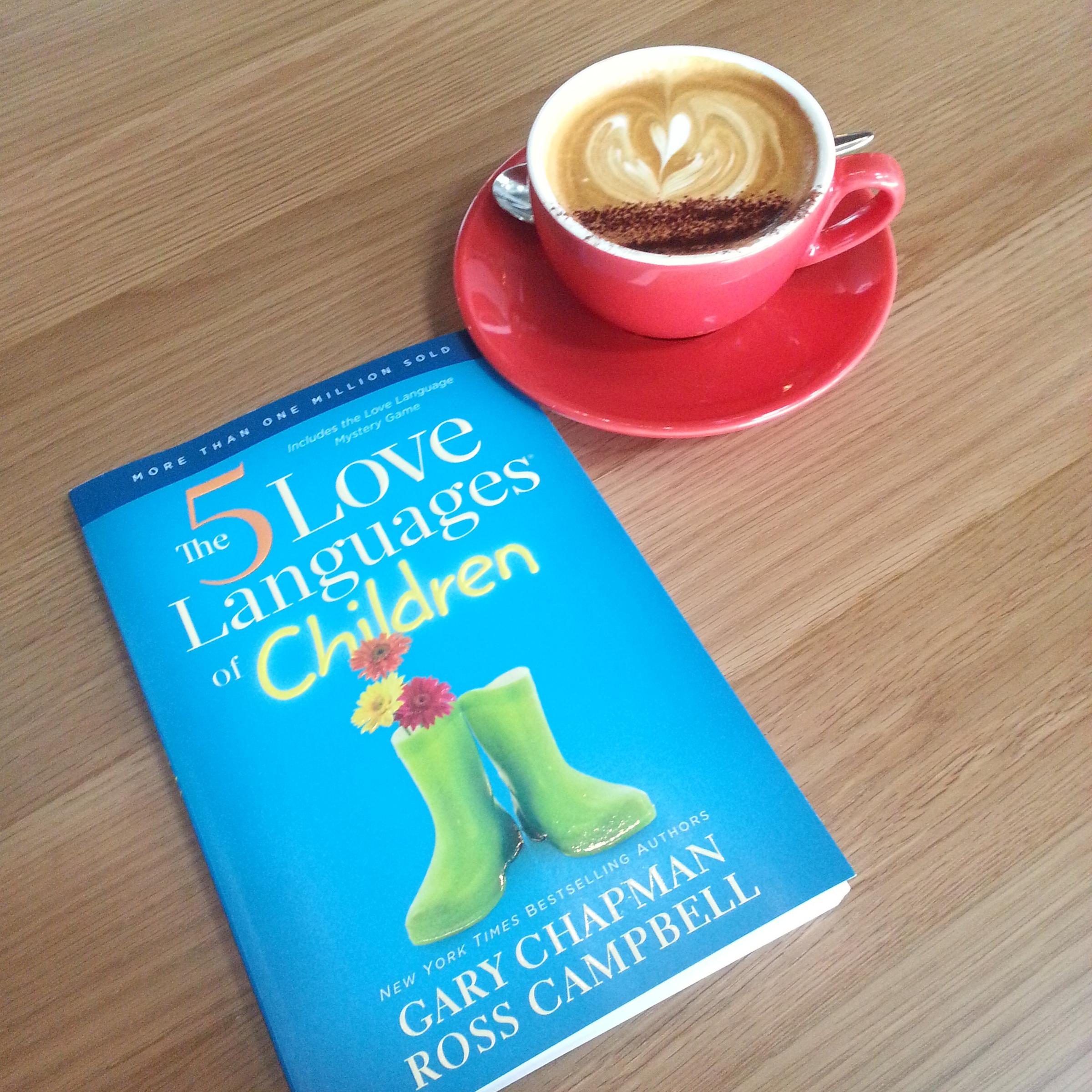Wellbeing - Building Strong Relationships

Quality Time
Regardless of whether a child’s primary love of language is Quality time, most children will crave periods of focused, undivided attention from their parents. Quality time spent with your child tells them that they are important and that you like spending time with them. They feel truly loved because they have sole access to their primary love givers.
There are no rules with Quality time, and it can happen in any location, but clearly it is important that there be no chance of interruption- No phones or iPads, no TV, no mates or other children around to distract. The most successful exponents of quality time tend to link quality time with a hobbie or common interest. In a society where finding time for the necessities of life is becoming more and more difficult, focused
attention from a parent(s) is crucial to filling a child’s love tank. Finding individual time with multiple children can also be a challenge, but often the most nurturing times can happen at home alone with a child. It may have to be as formal as a scheduled solo time for each child, whatever it takes, it is that essential.
The name Quality Time is quite prescriptive and some may think ‘I spend plenty of time with my kids’, however the love language is called Quality Time for a reason. As a consequence, it is more important to share shorter periods of focused one on one time with emotional connection than longer periods where your time and attention is shared or divided.
Key Components
- Positive eye contact: “looking in your child’s eyes with care is a powerful way to convey love from your heart to the heart of your child” (Chapman & Campbell). If warm, pleasing looks are only given when your child is behaving in a pleasing manner this can be construed as conditional love. Failure to make eye contact, particularly during periods of Quality time can be interpreted as disapproval, which only serves to ruin self esteem.
- Sharing thoughts and feelings: The common, natural result of effective Quality time is often good conversation around life issues. To assist this process, a parent should always consider sharing some of their own story, fears and emotions. This communicates trust and connection with a child. “Sharing of such thoughts and feelings is the fabric of which life is made” Learning how to communicate on this level will serve them well in their own future relationships.” (Chapman & Campbell) None of this is possible without the specific planning of a mother and/or father who value their relationship with their child enough to prioritise some time on a regular basis.
- Planning: As children get older and involved in more external activities more effort is required to plan family quality time. Meal times are a great place to start, whether breakfast or dinner, and can provide some valuable bonding and conversation opportunities. Overnight trips also speak volumes to children in terms of the priority you are placing on spending quality time with them. Otherwise, an early pick up from school or an out of the ordinary drop off or pick up are other practical ways of making time available in your busy schedules.
So far we have discussed Physical Touch, Words of affirmation and Quality Time. Have you started to identify your child’s possible love language? Whilst you may start to think you have it worked out and begin to lay on heaps of love via their primary love language, we still have 2 to go…..Acts of Service and Gifts. Also, don’t forget that although they may have a primary language, children, even more than adults, require a healthy dose of love via all the love languages.


